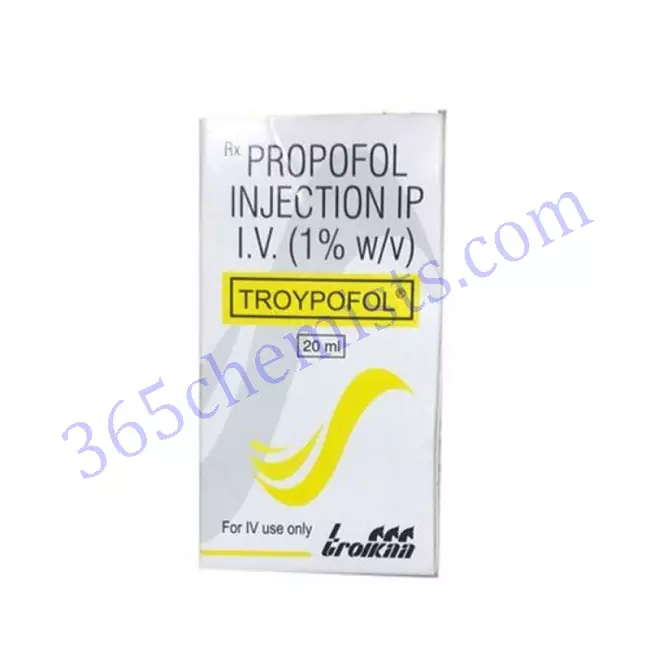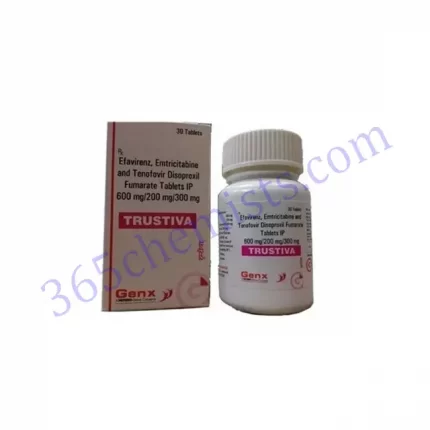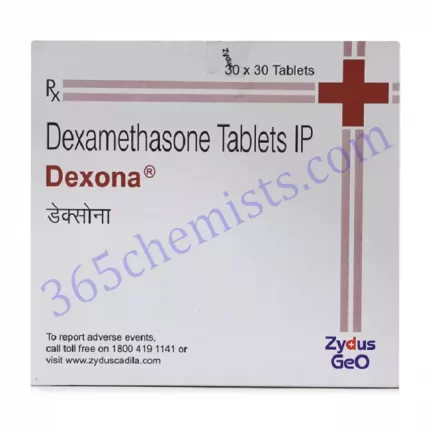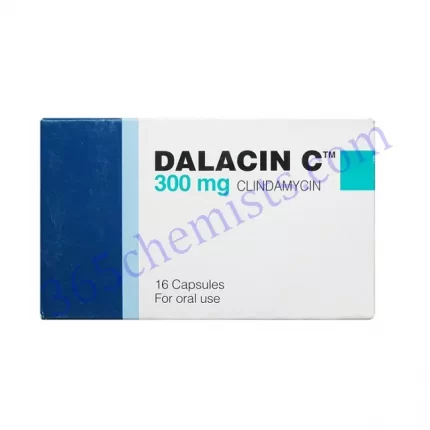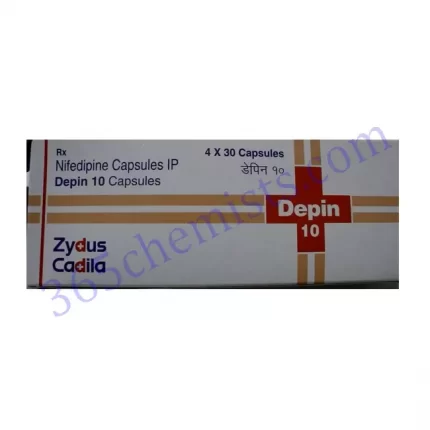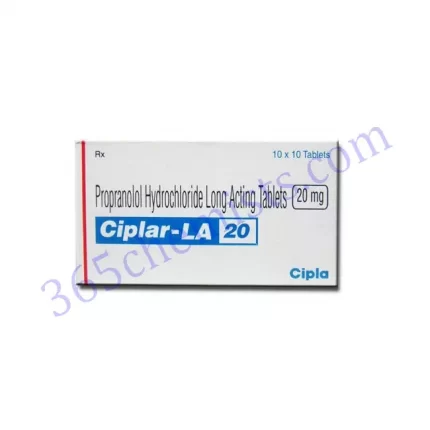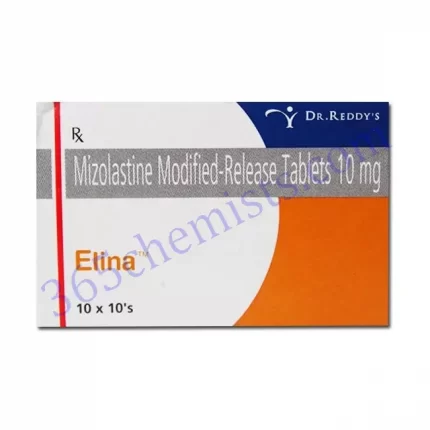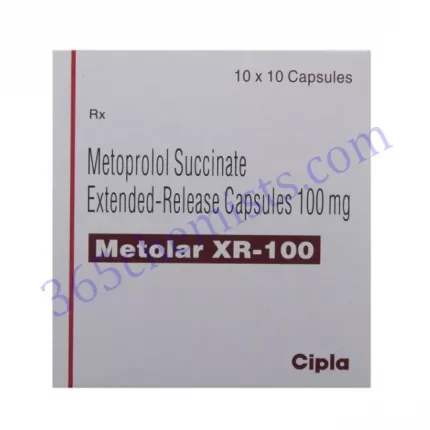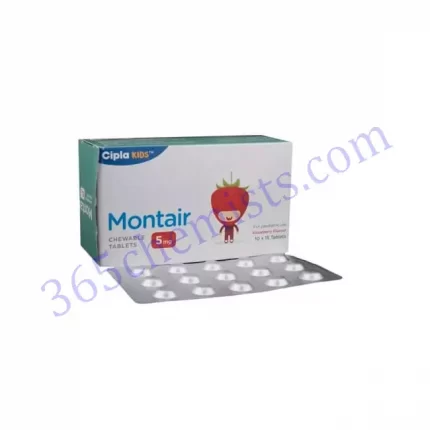Troypofol 10mg Injection (Propofol 10mg): A Short-Acting Anesthetic for Safe and Effective Sedation
An intravenous anaesthetic agent with a short duration of action that is commonly used is called Troypofol 10mg Injection. It is also known as Propofol 10mg. This medication is highly regarded for the speed with which it begins to exert its effects and the ease with which it induces sedation; as a result, it is an extremely useful instrument in a wide variety of medical procedures. In this in-depth guide, we will discuss the uses, mechanism of action, dosage, potential adverse effects, and safety measures that should be taken when using Troypofol 10mg Injection.
The Versatility of Troypofol 10mg Injection
A highly versatile medication, Troypofol 10mg Injection can be administered for a wide variety of indications. The induction and maintenance of anaesthesia in surgical procedures is the primary application for this substance. As a result of its rapid onset of action and relatively short duration of action, it is frequently chosen for relatively brief procedures and surgeries. In addition, the Troypofol 10mg Injection is utilised for the purpose of conscious sedation in a variety of diagnostic and therapeutic procedures. This provides patients with the ability to maintain their level of comfort and relaxation throughout the process.
Understanding the Mechanism of Action
The ability of Troypofol 10mg Injection to increase the activity of an inhibitory neurotransmitter in the brain known as gamma-aminobutyric acid (GABA) is the pharmacological action that gives this medication its pharmacological effect. Troypofol 10mg induces a state of sedation and anaesthesia by augmenting the inhibitory effects of GABA, which ultimately results in a diminished capacity for conscious awareness and sensitivity to pain. Rapid metabolism and exit from the body are two factors that contribute to a speedy recovery after administration of the compound.
Uses of Troypofol 10mg Injection
The Beginning and the Continuing of Anaesthesia
One of the most common applications for Troypofol 10mg Injection is in the induction of anaesthesia. Because of its rapid onset of action, it is possible to make a seamless and rapid transition from conscious state to anaesthetized state, which makes it particularly well-suited for brief procedures. In addition, the dosage of 10 milligrammes of troypofol is frequently utilised for the purpose of maintaining anaesthesia during longer surgical procedures that require accurate regulation of sedation levels.
Conscious Sedation in Medical Procedures
Troypofol 10mg Injections are used in a wide variety of diagnostic and therapeutic procedures that call for conscious sedation. From endoscopic examinations to minor surgical interventions, Troypofol 10mg ensures patient comfort and cooperation while minimising the patient’s discomfort and anxiety during all of these procedures.
Dosage and Administration
The dosage of Troypofol 10mg Injection (Propofol 10mg), which is administered via injection, changes according to the patient’s age, weight, current medical condition, and the specific nature of the procedure that is being carried out. It is absolutely necessary for this medication to be administered by trained medical professionals, preferably within a sterile and strictly regulated medical setting.
When administered intravenously to an adult patient, the typical dose for inducing anaesthesia is between 1.5 and 2.5 mg/kg. It is possible that maintenance doses will be necessary depending on the length and degree of difficulty of the procedure.
During medical procedures, a lower dosage, typically ranging from 0.5 to 1 mg/kg, is administered in order to achieve conscious sedation. The amount of sedation required and the response of the patient both play a role in the adjustment of the dose.
Side Effects and Precautions
Even though Troypofol 10mg Injection is generally well tolerated, it is possible that some patients will experience adverse effects from taking the medication. Pain at the injection site, transient hypotension (low blood pressure), and transient respiratory depression are common adverse effects that can occur. These effects do not typically last long and tend to diminish on their own.
In extremely unusual instances, taking 10 milligrammes of troypofol could result in an allergic reaction. These reactions could manifest as a rash, itching, or difficulty breathing. Seek immediate medical attention in the event that you experience any symptoms of an allergic reaction.
Conclusion
In conclusion, Troypofol 10mg Injection (Propofol 10mg) is an intravenous anaesthetic agent that has a short duration of action and is utilised extensively in clinical settings. Because of its fast onset of action and easy induction of sedation, it is an essential instrument for inducing and maintaining anaesthesia during surgical procedures. In addition, Troypofol 10mg Injection is an effective conscious sedative that can be used for a variety of diagnostic and therapeutic procedures, ensuring patient comfort and cooperation throughout the process. When used in medical settings, Troypofol 10mg Injection provides sedation that is both safe and effective. This is accomplished by strictly adhering to the guidelines for dosage and administration, as well as keeping a close eye out for any potential adverse effects. Always remember that in order to receive individualised care and achieve the best possible results, it is imperative that you speak with a trained medical professional.

